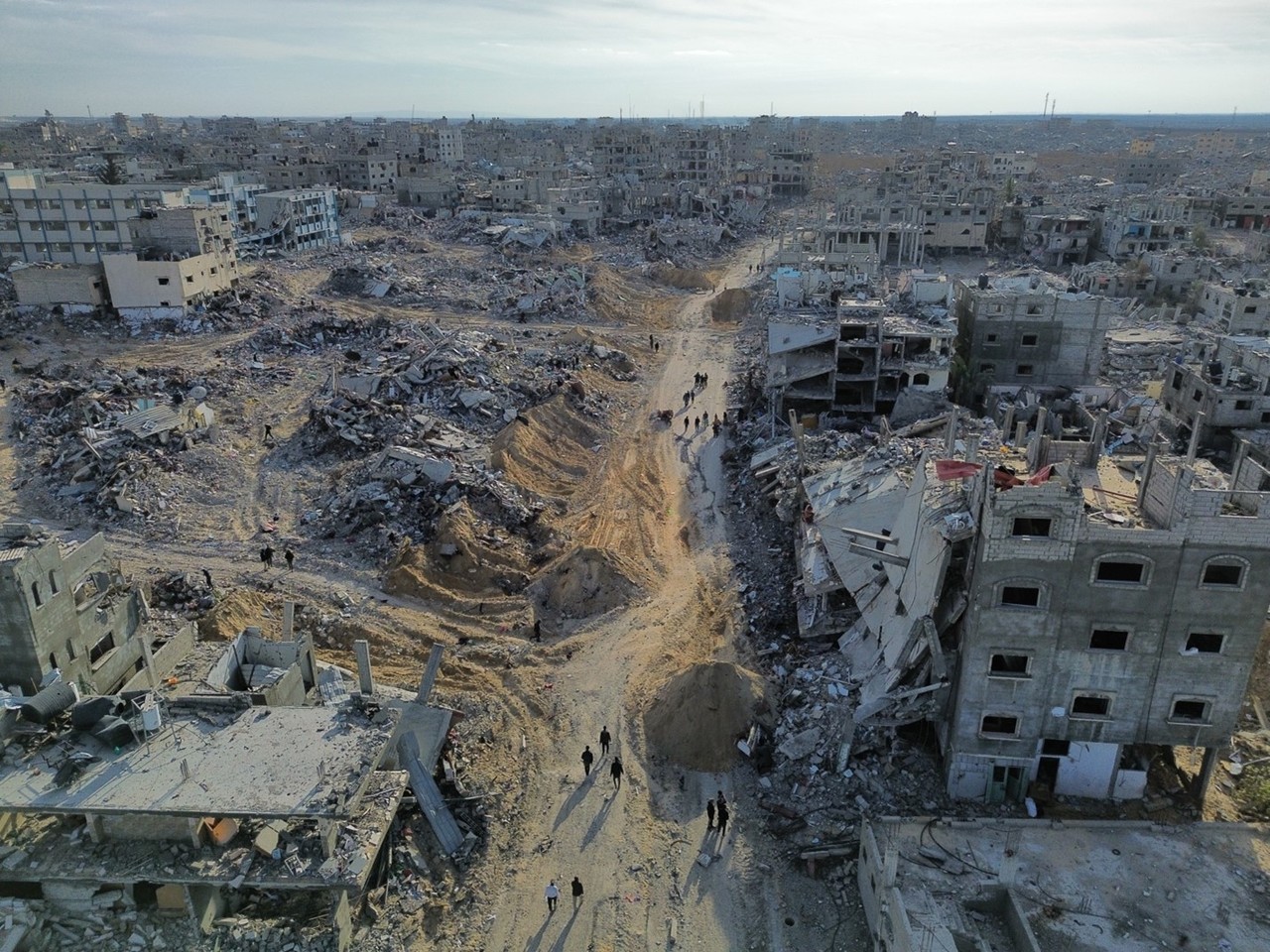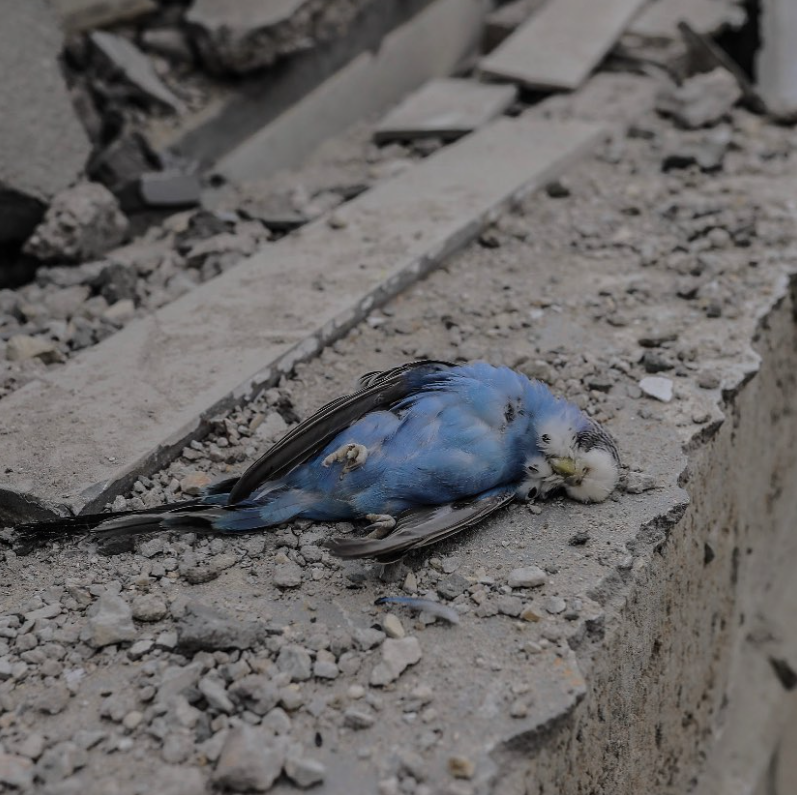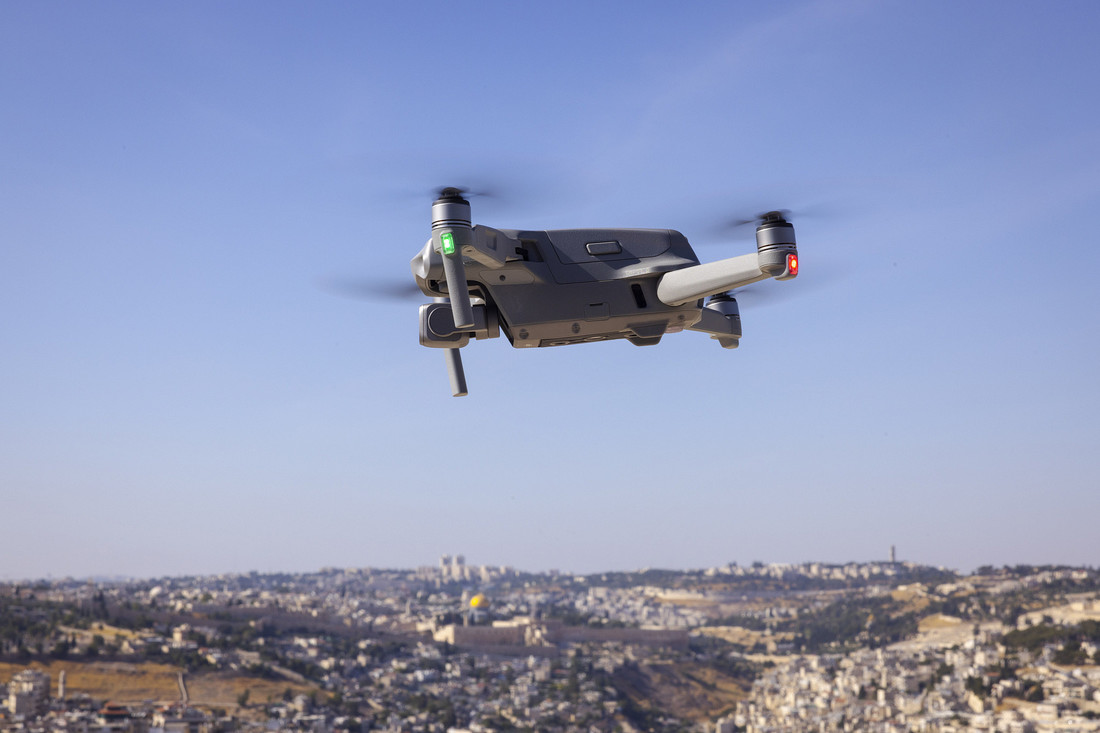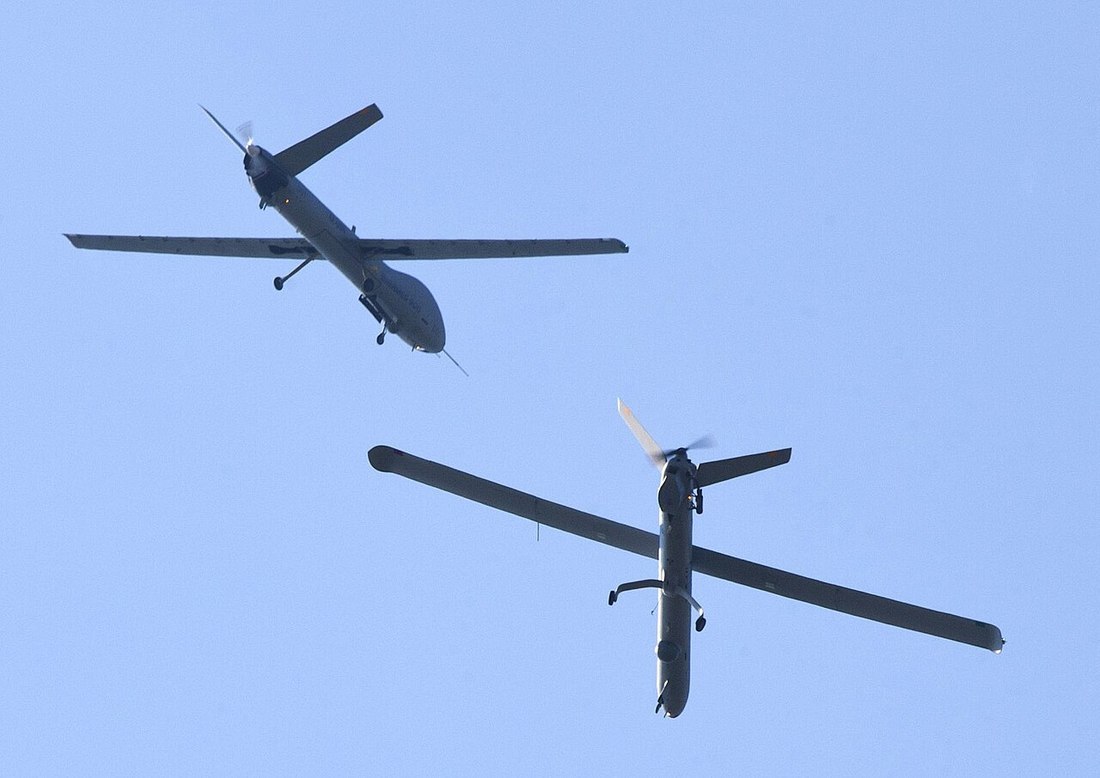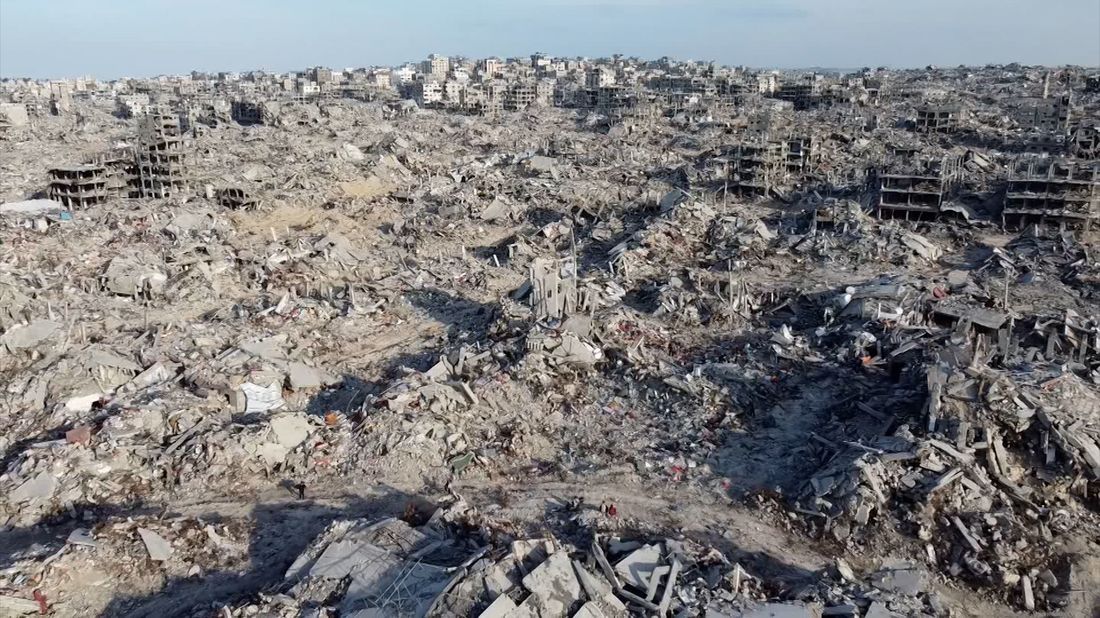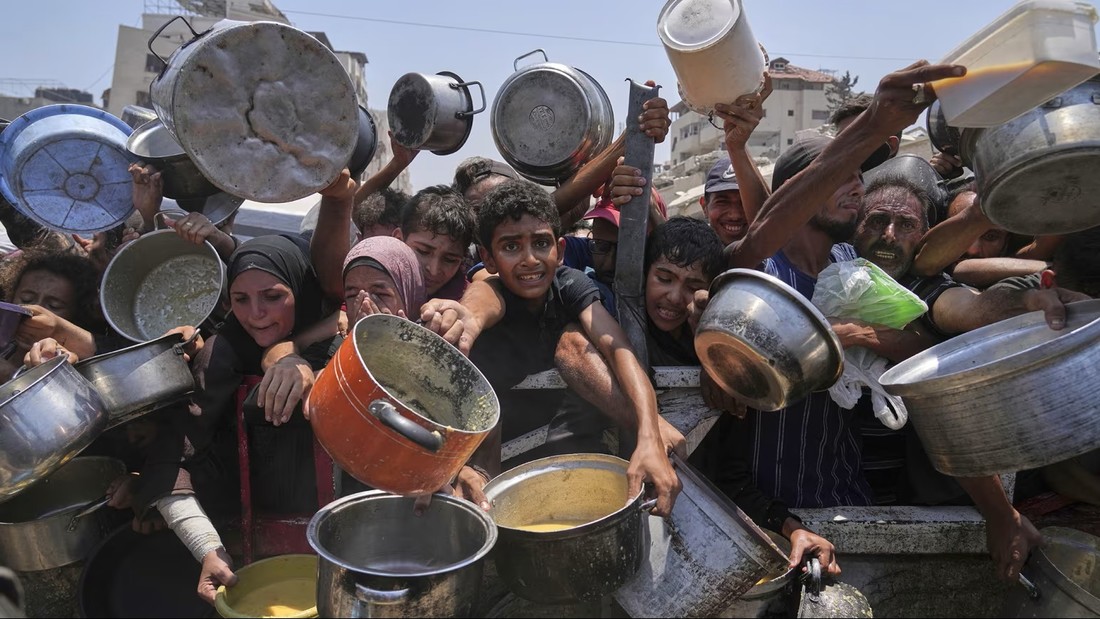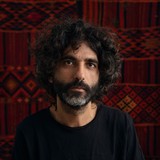Paul Virilio understood that modern warfare operates at the level of perception, creating environments of perpetual alertness. In his work
Sonic Warfare, the musician, artist, and writer Steve Goodman (aka Kode9), extends this: sound penetrates walls and bodies, causing not just auditory harm but existential terror. The occupation manifests in its most abstract form—a sound without a visible body, yet dominating consciousness. You cannot close your ears the way you close your eyes. Sound is inescapable. It vibrates through your body whether you consent or not. This makes it an effective weapon for continuous psychological occupation. The lived testimonies from Gaza reveal how this works in flesh and consciousness.
Gazan writer Neama Hassan writes: "The sound of the drones was very close. It entered between one thought and another in my head, penetrating its closed safety. The continuous bombardment made something in my heart jump from its place like a sharp pang of pain."
Sound here disrupts thinking itself. It creates a breach in what she calls "closed safety"—the most intimate regions of selfhood. The penetration is also physiological: "something in the heart jumps" is a reaction that keeps the body in constant alertness, leading to exhaustion and extended trauma.
Gazan poet Amal Asi from Gaza writes: "I can't sleep... The loud sound of the zanana gnaws at my head, mind, and heart... It's preparing to target a new objective... Who is it? A son or a father? How old is he? What are his dreams?... Who is the next martyr while we remain on the edge of waiting?"
The sonic presence of the drone creates a continuous scenario of preemptive mourning. A power that determines who lives and who dies, announced only through sound. Gaszan writer Najia Mahmoud from Gaza writes: "The residents of Khan Younis, displaced in Rafah, hear the sound of their homes and dreams being demolished daily."
The displaced person cannot see their destroyed home. Sound becomes an evidence of destruction and confirms that this home no longer exists. But the profound addition—"and their dreams"—transforms sound into testimony to the destruction of the future itself.
Najia Mahmoud offers another testimony: "The missile falls with a terrible roar—the sound of death that passed over us to choose others... And before it explodes, our hearts drop from their place, and we run to each other immediately, the earth shaking beneath us like an earthquake. We learn our own reassurance phrases: 'Whoever hears the sound of the rocket survives.'" This phrase encapsulates a perverse logic: sound becomes the harbinger of death, but hearing it is proof of survival. If you hear the sound, you are not the target. If you hear nothing, you may already be dead.
What does it mean to calibrate survival by decibels? To measure your continued existence by your ability to detect the frequency of incoming death?
